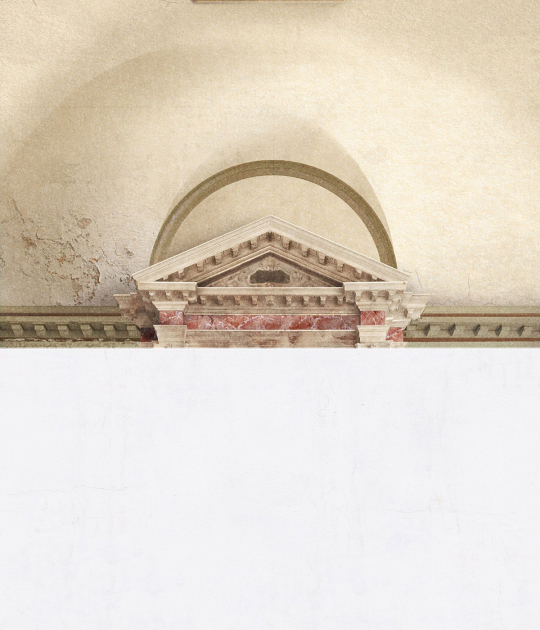The Latvian pavilion for the Biennale Architettura di Venezia 2018, titled “Together and Apart” looks at apartment buildings in relation to architecture’s role in organizing the society. It examines how this architectural typology generates ways of living together and apart — with one another, the market, and the state.
The exhibition is the result of a study of housing and nation–building of the Latvian state. During its 100–year–long history, Latvia has undergone several fundamental political and economic transformations that have employed housing as a means of reform.
Today, despite being one of the most sparsely populated regions of Europe, nearly two thirds of Latvians live in apartment buildings, which is the highest ratio in Europe. Whilst the tendency in politics is to withdraw from the housing question, the exhibition aims to highlight it as an architectural, but also a political, economic and an ecological project.
Specifically, the exhibition highlights socioeconomic transformations in relation to apartment buildings which have been divided into four categories — “Distance”, “Promise”, “Warmth”, and “Self”. “Distance” portrays proximities between individual spheres that emerge as a consequence of demographic shifts; “Promise” looks at the apartment building as a political project; “Warmth” explores the relation between energy consumption, geopolitics, and collective decision making; “Self” deals with the individual apartment as a subject of private property, and the limitations of it.
The research is presented through conceptual models, archival materials and a photography series depicting the multitude of apartment buildings found in Latvia today. This is accompanied by a book “Together and Apart”, opening up the topic for further study.
The exhibition is the result of a study of housing and nation–building of the Latvian state. During its 100–year–long history, Latvia has undergone several fundamental political and economic transformations that have employed housing as a means of reform.
Today, despite being one of the most sparsely populated regions of Europe, nearly two thirds of Latvians live in apartment buildings, which is the highest ratio in Europe. Whilst the tendency in politics is to withdraw from the housing question, the exhibition aims to highlight it as an architectural, but also a political, economic and an ecological project.
Specifically, the exhibition highlights socioeconomic transformations in relation to apartment buildings which have been divided into four categories — “Distance”, “Promise”, “Warmth”, and “Self”. “Distance” portrays proximities between individual spheres that emerge as a consequence of demographic shifts; “Promise” looks at the apartment building as a political project; “Warmth” explores the relation between energy consumption, geopolitics, and collective decision making; “Self” deals with the individual apartment as a subject of private property, and the limitations of it.
The research is presented through conceptual models, archival materials and a photography series depicting the multitude of apartment buildings found in Latvia today. This is accompanied by a book “Together and Apart”, opening up the topic for further study.














































